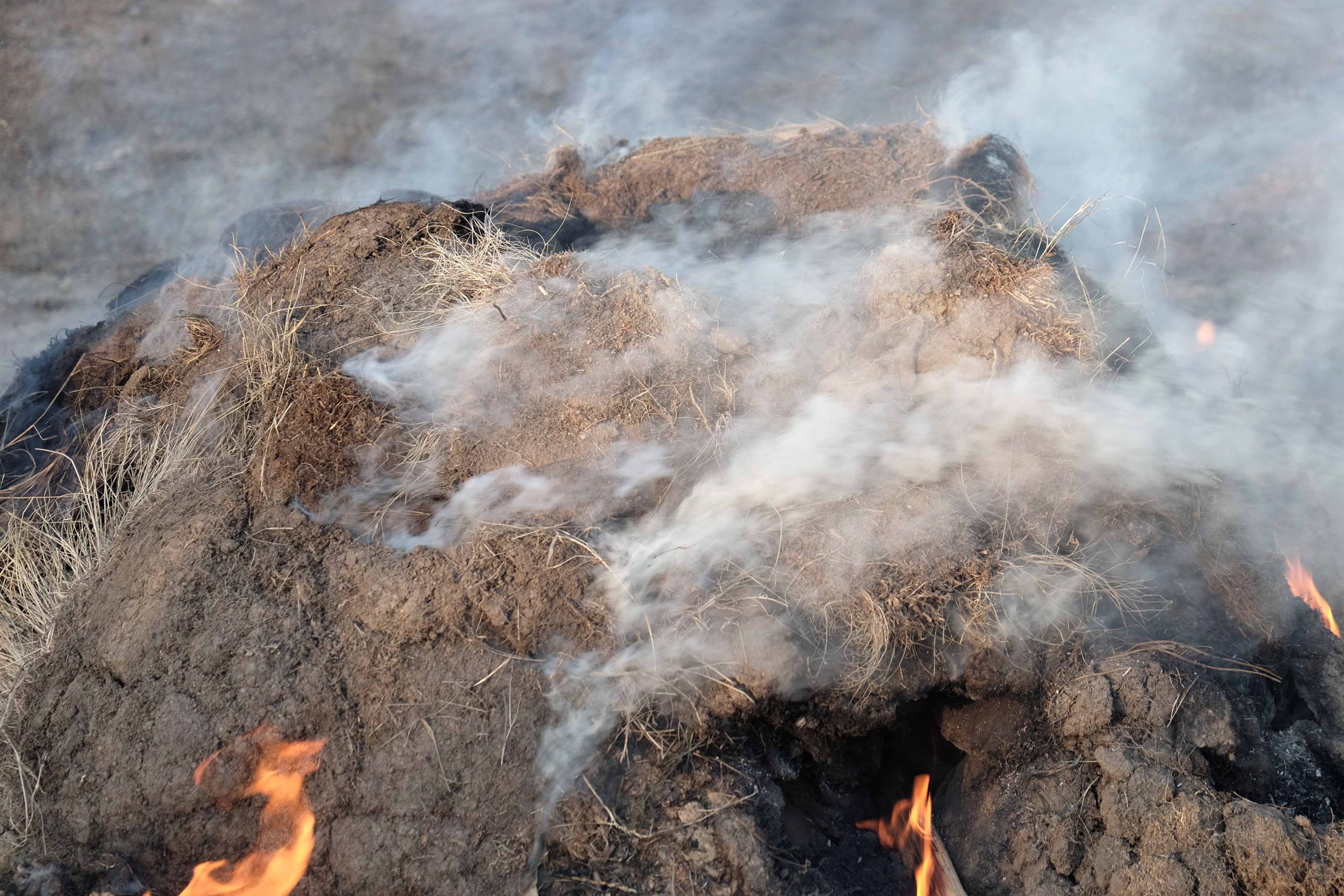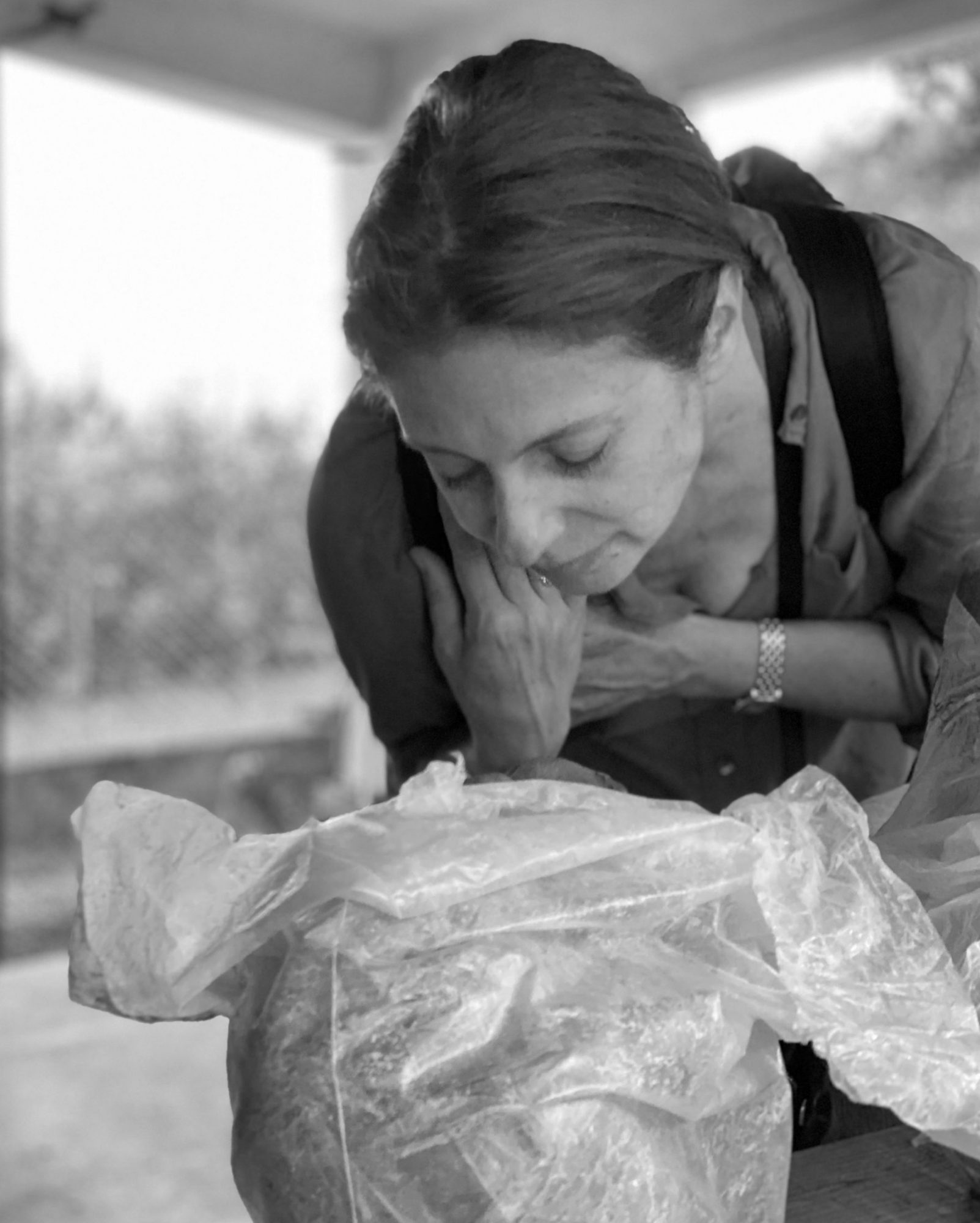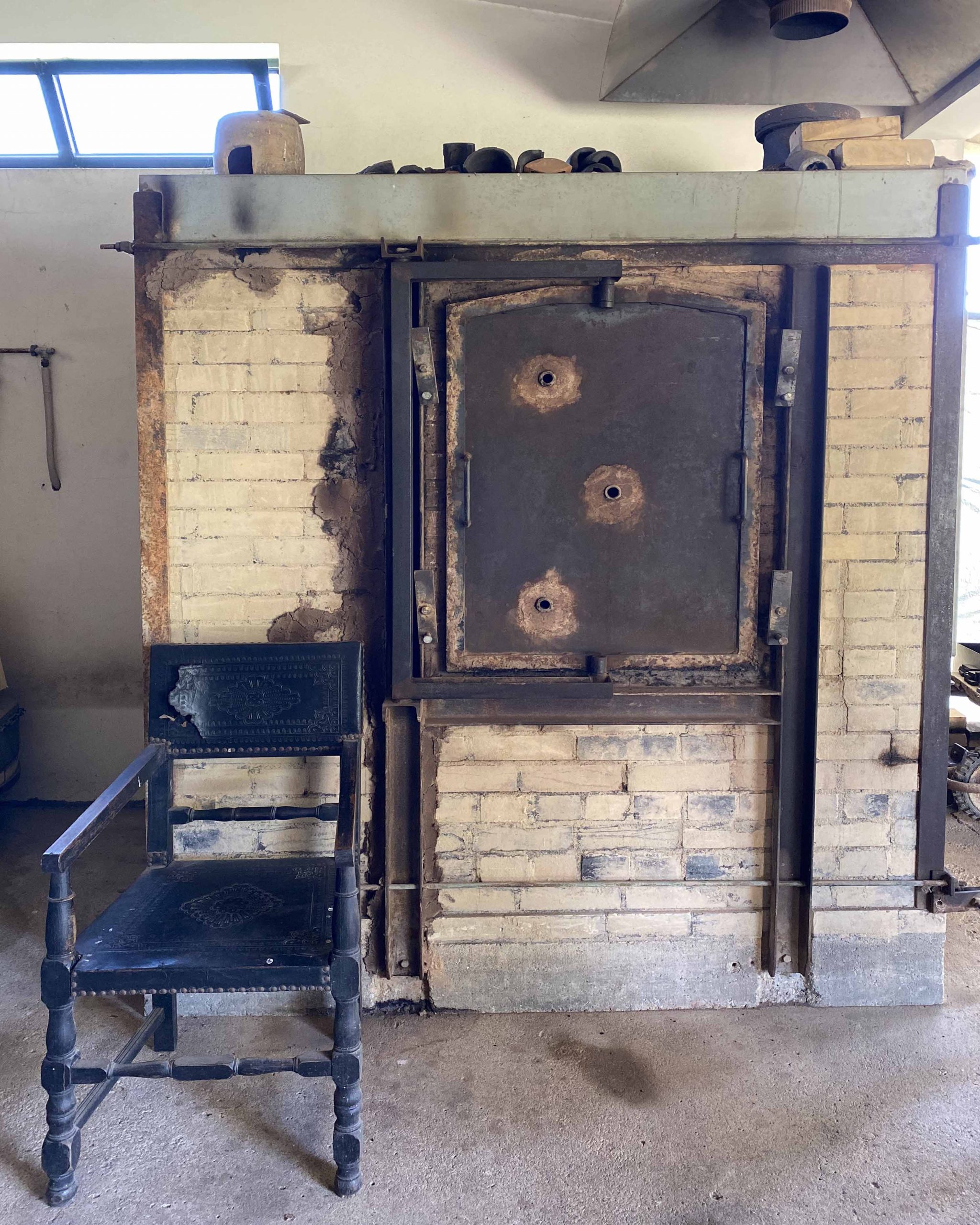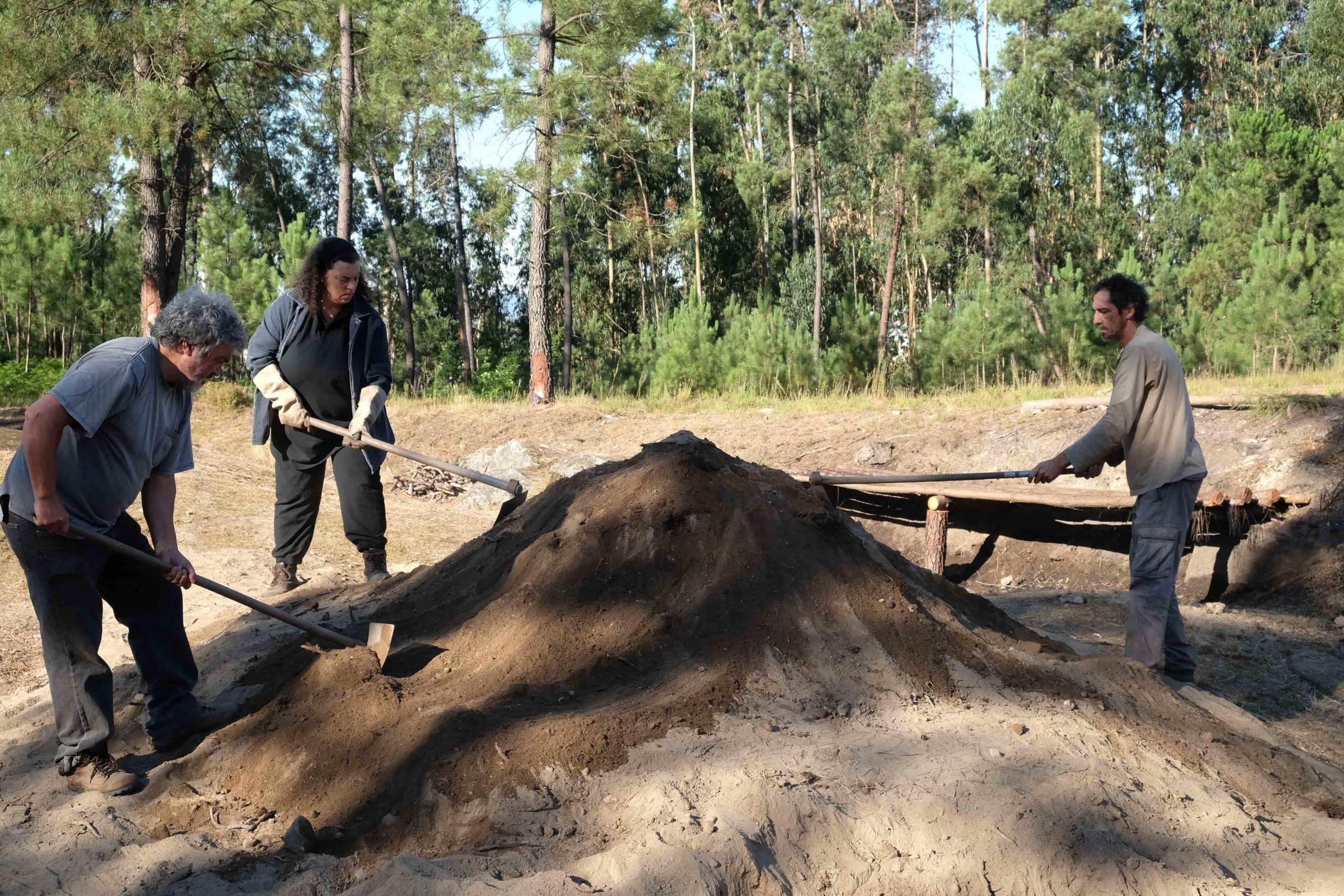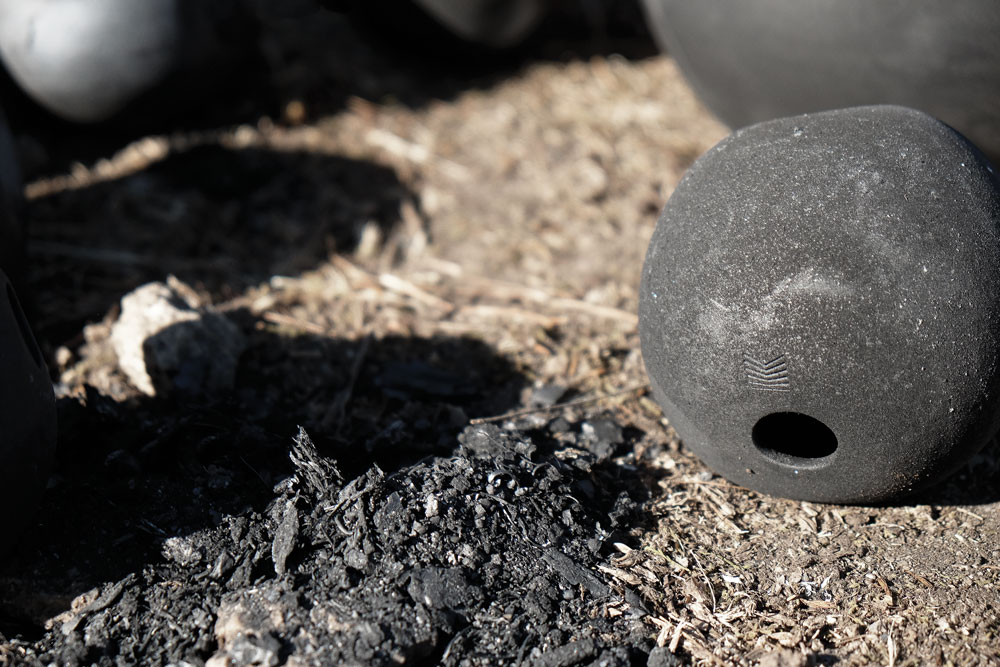/Dec
2020
Meet with Daphné Bugey,
the creator of the Soenga perfume.
Based in Lisbon, Daphné Bugey is an independent perfumer, and perfume consultant for Firmenich, whose laboratory is in Paris.
After starting her career in “body care”, she specialized in fine perfumery, still known as alcohol-based perfumery.
Daphné develops fragrances both for large international houses (Dolce & Gabbana, Kenzo, Jean-Paul Gaultier or Hugo Boss) as well as for more niche brands (Le Labo, L’Artisan Parfumeur or Penhaligon’s).
What exactly is your role in the Barro Negro collection?
As part of this first collection, Noé has developed a series of black ceramic objects, including an interior perfume diffuser. I have created the “Soenga” fragrance to be used with this object. It is a pure, oil-based fragrance.
What sparked your interest in this collaboration?
Personally, I am happy and grateful to have the chance to live in Portugal. So I made an immediate connection with the concept of the MADE IN SITU project. The idea of collaborating with Portuguese artisans is a great way to get closer to the culture of the country. In particular, the human adventure of MADE IN SITU appealed to me; I was interested in working with Noé, with his team, with the artisans. As soon as Noé told me a little about the story of his collection, the Barro Negro project fascinated me, both because of the ancestral process of firing the pottery in the earth (the Soenga) and because of the black texture of the pieces that it produces. Anyway, I didn’t hesitate for a second to step out of my comfort zone; the idea of exploring something else is always very rewarding creatively.

